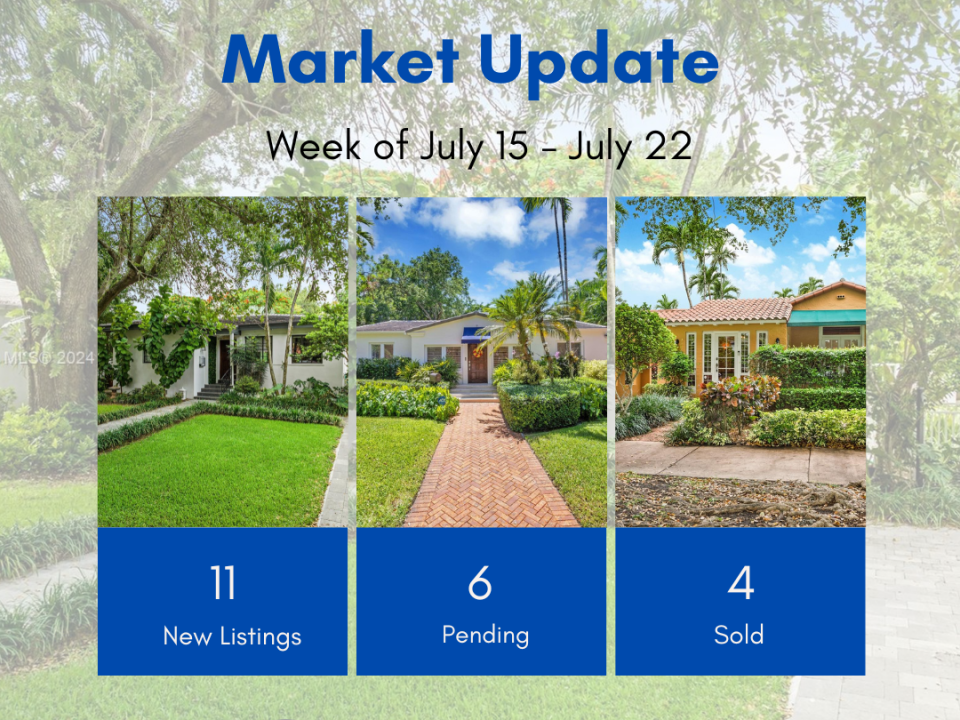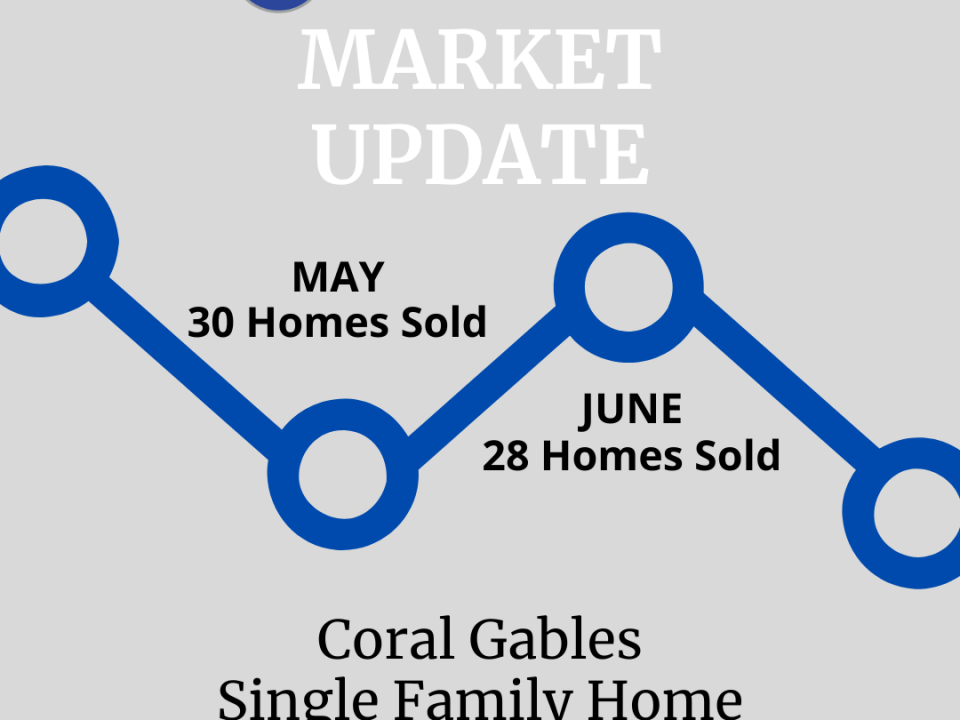![]()
Of course COVID-19 was going to have a huge impact on the real estate market. Everything slowed. Showings moved online. Stay-at-home orders convinced some owners to wait just a bit longer before listing their homes. Job loss or insecurity made both buyers and sellers pause. Drive-by closings became the norm. Open houses disappeared. And so on. But it was unclear how much influence the global pandemic would have on what has been a record-setting, fast-moving local real estate market.
This week, the Denver Metro Association of Realtors (DMAR) has some answers in its latest report about real estate trends in the 11-county Denver metro area. In short, it looks like April 2020 needs an asterisk—and a fair amount of explanation. So, let’s dig in.
First of all, a lot of numbers were trending down in big ways. Both listings and homes-under-contract were down nearly 30 percent (month over month). Houses did sell—3,603, to be exact—but that number includes homes under contract before stay-at-home orders and reflects a decrease of more than 24 percent from March.
But, at the end of the month, there were 6,855 active listings (4,679 new offerings) and buyers went under contract for 3,280 homes. “It took us a couple of weeks just to get our heads around what was allowed and what wasn’t,” says Jill Schafer, who chairs the DMAR’s Market Trends Committee. “I think the numbers this month show how strong our market is.”
While the novel coronavirus slowed our economy, many of the reasons why people move—marriages, divorces, births, and so on—kept on in April, meaning that people needed to buy and sell homes. With low inventory, potential buyers were quick to make offers: Homes sold, on average, in 20 days (last year, that process took nine days longer). “That indicates that the people who are out there buying, need to buy and they need to do it quickly,” Schafer says.
(MORE: Questions Buyers and Sellers Should Be Asking Right Now)
But don’t think that the slow down has made things easier for buyers; the market is still skewed toward sellers, particularly in the $300,000 to $399,000 price range. “This is not an opportunity for low-ball offers,” Schafer says. The luxury market, though, has shifted slightly in the buyer’s favor, in part because jumbo loans are more scarce right now.
As for pricing? That was fairly steady. After setting a close-price record in March, the average in April was $503,231 (a decrease of 1.79 percent from the previous month, but an increase of nearly 4 percent from last year at this time).
The big unknowns now are what recovery will look like as Colorado and the Denver area continue to move out of stay-at-home orders. We have a few clues: As parts of the metro moved to safer-at-home rules, Schafer says that around 3,500 showings were scheduled on April 27, a 2020 record for a Monday. The entire industry is pivoting and adapting to changing regulations like these. “I think ‘learning’ is going to be the key word for the rest of 2020,” says Nicole Rueth, a DMAR Market Trends Committee member, but explains that this isn’t about going back to business as usual. “This is redefining business.”




